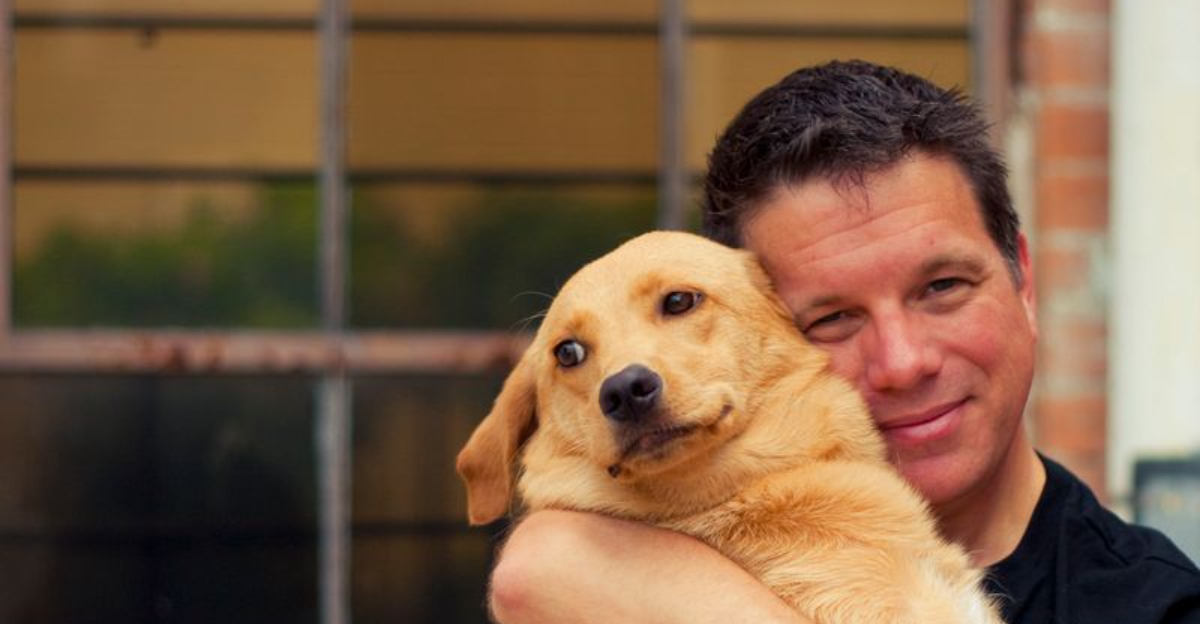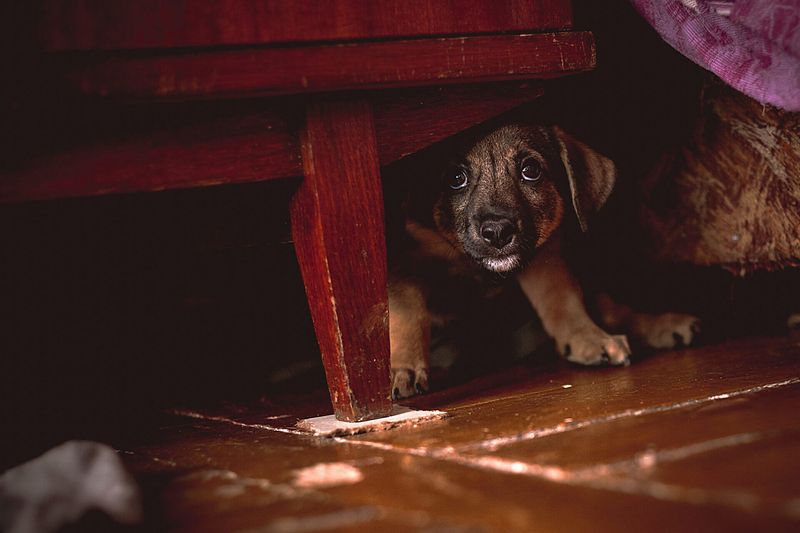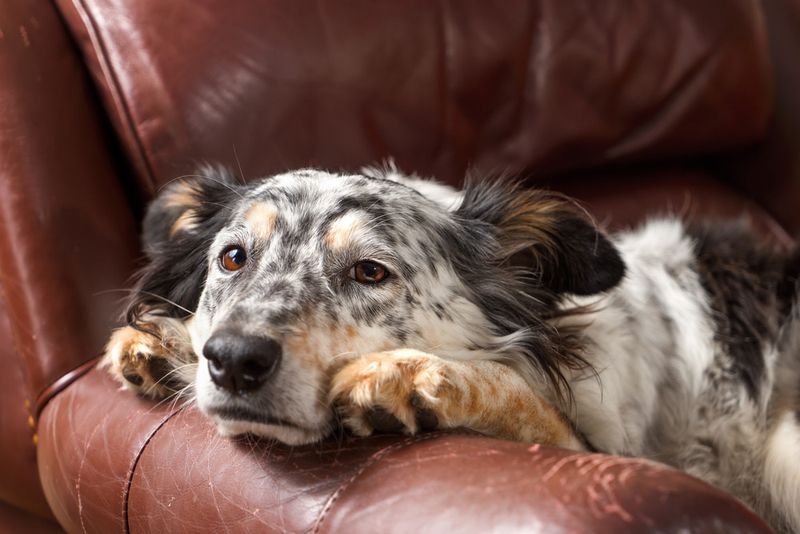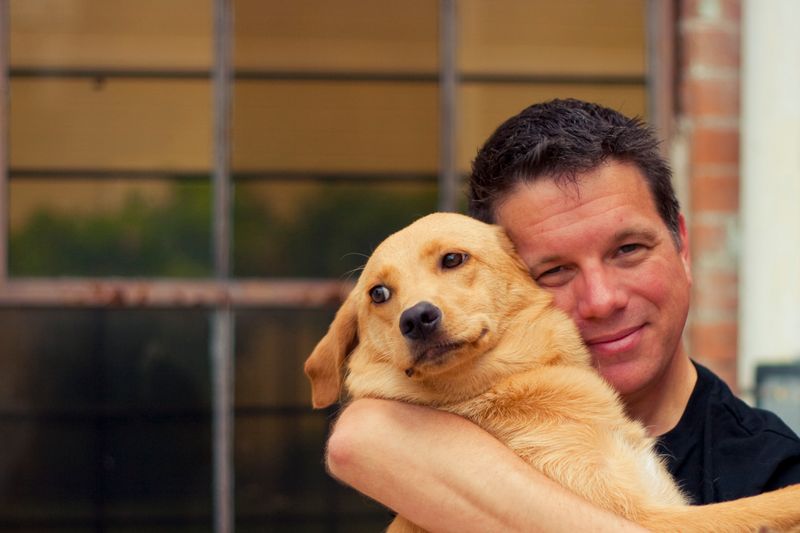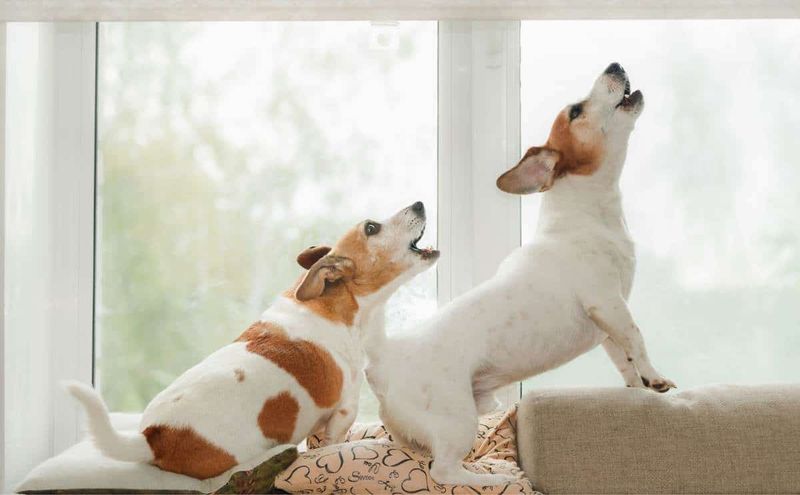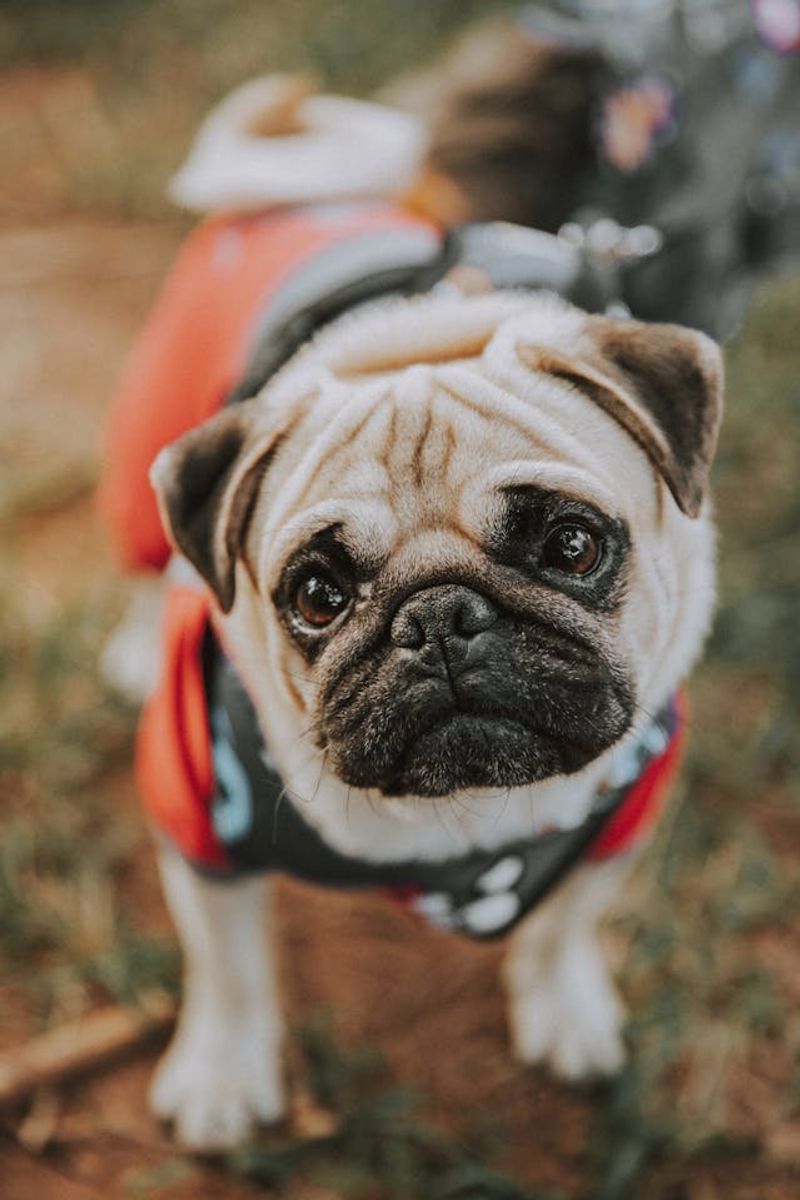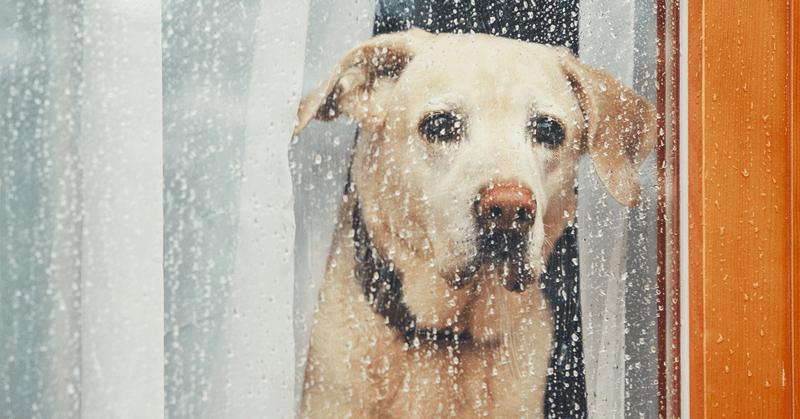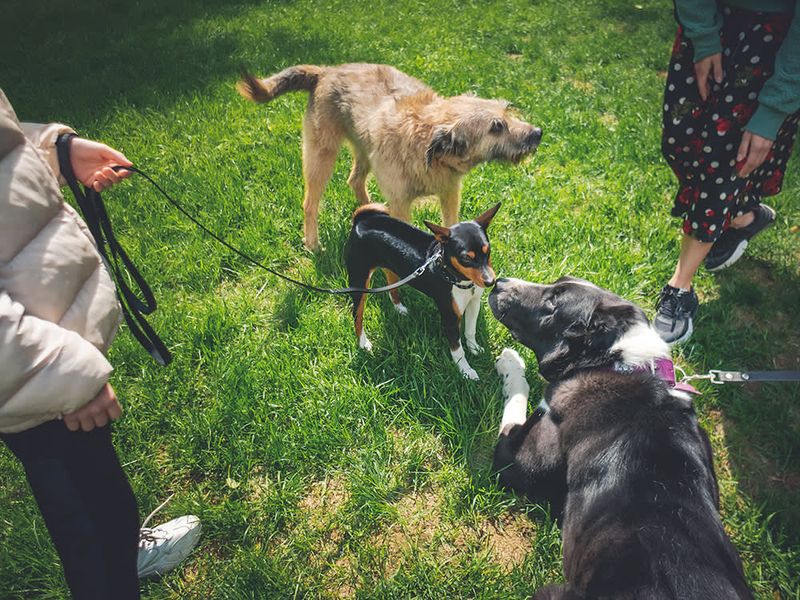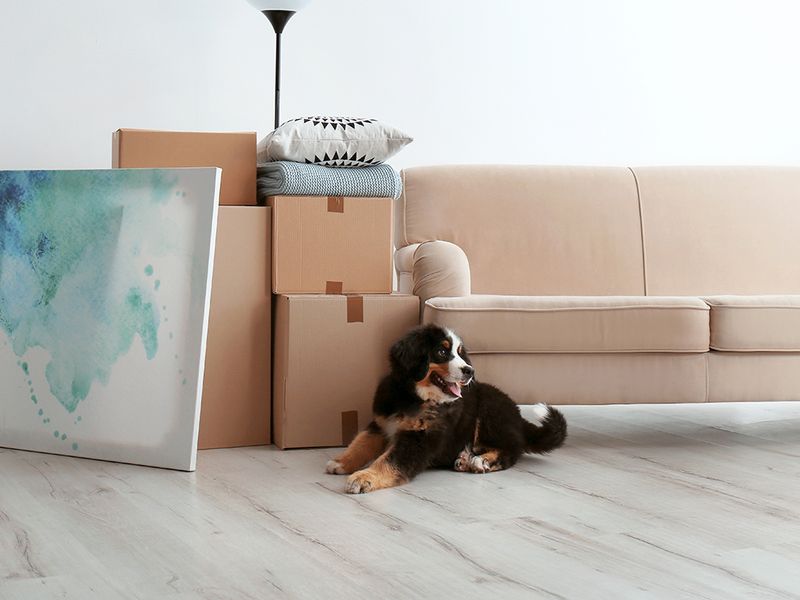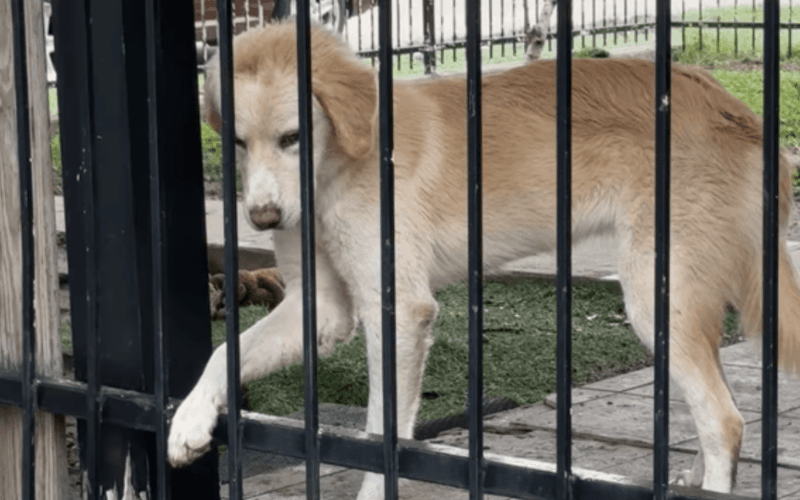Understanding what irritates canines can help strengthen the bond between humans and their furry companions. Here are 15 things people commonly do that dogs find annoying.
Loud Noises and Yelling
Loud noises can be terrifying for dogs. From yelling to fireworks, these unexpected sounds can cause anxiety. Dogs have sensitive ears, and what seems normal to us might be deafening to them.
Imagine being surprised by loud thunder; that’s how dogs feel. Instead of shouting, try communicating calmly.
Did you know? Dogs hear high-pitched sounds better than humans, which makes sudden loudness alarming for them.
Inconsistent Rules
Dogs thrive on routine and consistency. When rules change, it leads to confusion. For instance, allowing a dog on the sofa one day then scolding them the next can be bewildering.
Consider how children feel with mixed signals; dogs are no different. Dogs appreciate clear guidelines.
Fun fact: A consistent routine helps dogs feel secure and loved.
Lack of Exercise
An energetic dog may feel frustrated if confined without exercise. Imagine having boundless energy but nowhere to expend it; that’s how dogs feel without walks or playtime.
Exercise is critical for their mental and physical health. It’s not just about walks—games and training sessions help too.
Did you know? Regular exercise also curbs unwanted behaviors by reducing boredom and excess energy.
Hugging Too Tightly
Have you ever wrapped a dog in a hug, expecting a warm response, only to see discomfort? Many dogs don’t enjoy hugs. Though humans see this as an act of affection, dogs often find it restrictive.
Imagine being squeezed unexpectedly—it’s unsettling. Dogs prefer gentle pats or scratches over tight hugs. This behavior might make them feel trapped.
A fun fact: dogs express comfort through leaning, not hugging. Next time, opt for a gentle touch they can enjoy.
Strong Perfumes and Chemicals
Dogs have a powerful sense of smell, and heavy fragrances can be overwhelming. While we might enjoy a spritz of perfume, dogs might find it unbearable.
Imagine walking into a room filled with strong odors; that’s how they experience it. Opt for unscented or pet-friendly products.
Did you know? A dog’s sense of smell is 10,000 to 100,000 times more acute than ours, making strong scents a sensory overload.
Ignoring Their Body Language
Dogs communicate through body language, but many people overlook these cues. Ignoring signs like tail tucking or growling can lead to problems.
Imagine trying to convey distress but being ignored; dogs feel similarly. Paying attention to their signals fosters better understanding.
Fun fact: Dogs use over 100 signals to communicate, from ear positions to tail wags.
Teasing and Rough Play
Teasing can be fun for humans, but not for dogs. Pulling ears or tail, or pretending to throw a ball, can be unnerving.
Consider how frustrating it is to be teased; dogs experience the same. Gentle play is more enjoyable and strengthens bonds.
Did you know? Dogs prefer games that mimic natural behaviors like fetching or tugging.
Staring Directly into Their Eyes
Direct eye contact can be intimidating for dogs. In canine language, this can be perceived as a threat.
Think of how awkward prolonged stares feel; dogs find it unsettling too. Glancing away or blinking can make them more at ease.
Did you know? In dog interaction, a soft gaze is a sign of trust, while staring can signal aggression.
Dressing Them in Clothes
Though cute, dressing dogs in clothes can be bothersome. Many dogs dislike the sensation and restriction.
Imagine wearing tight, itchy clothes all day. Dogs appreciate freedom of movement. If dressing up is necessary, ensure comfort and fit.
Did you know? Some breeds, like Greyhounds, may benefit from coats in cold weather, but for most, it’s more fashion than function.
Being Left Alone Too Long
Dogs are social creatures who dislike isolation. Leaving them alone for extended periods can lead to anxiety.
Consider how loneliness feels; dogs endure the same. Ensuring they have toys or a companion can ease their distress.
Did you know? Separation anxiety is common in dogs, leading to destructive behavior if not addressed.
Forced Socialization
Not all dogs enjoy meeting new friends. Forced socialization can be overwhelming, especially for shy or anxious puppies.
Think about being in a crowded room against your will; that’s how some dogs feel. Allow them to socialize at their own pace.
Fun fact: Dogs, like humans, have individual personalities and preferences for socialization.
Sudden Changes in Environment
Big changes can unsettle dogs. A new home or rearranged furniture might seem trivial to us, but for dogs, it’s significant.
Imagine waking up in an unfamiliar place; dogs experience similar anxiety. Familiar items and a stable routine can help them adjust.
Did you know? Gradual introductions to new environments reduce stress for dogs.
Bath Time Terrors
Many dogs dread bath time. The sensation of water and soap can be unpleasant, causing stress.
Imagine being forced into a cold shower; it’s daunting. Positive reinforcement and gentle handling can make bath time less traumatic.
Did you know? Some dogs, like Labradors, may enjoy water, but many find bathing an ordeal.
Limited Social Interaction
Dogs need social interaction. Isolation from humans or other dogs can lead to loneliness.
Consider how isolation feels in a social setting; dogs need engagement too. Frequent playtime and training sessions keep them happy.
Did you know? Regular interaction with dogs builds stronger bonds and prevents behavioral issues.
Overfeeding with Treats
Treats are loved by dogs, but overindulgence can lead to obesity. Like humans, dogs need a balanced diet.
Think of how lethargy feels after overeating; dogs experience this too. Moderation ensures a healthy, happy life.
Fun fact: Regular veterinary checkups help maintain a dog’s optimal weight.
